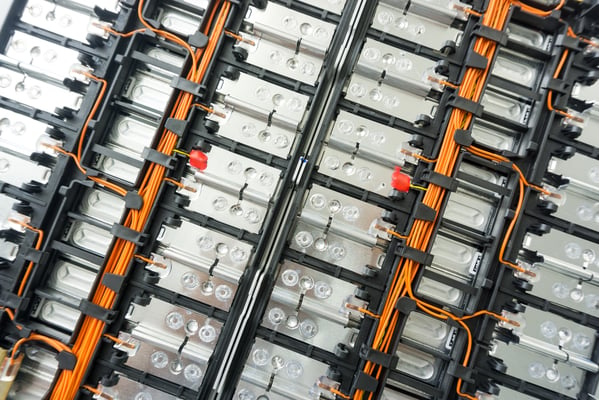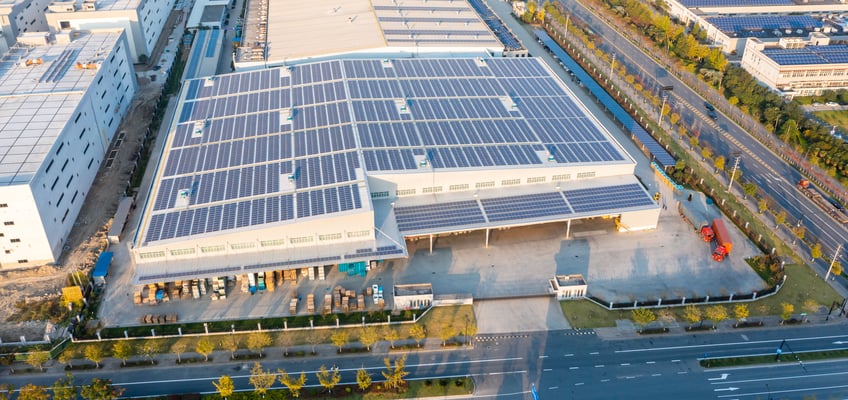
What is spot price optimization?
Spot price optimization is an effective pricing strategy for businesses in competitive markets such as the energy industry. By analyzing market demand and adjusting prices accordingly, power producers can maximize profits while still meeting the needs and expectations of the consumers.
At the same time, optimizing spot prices is a strategy for end consumers, making sure not to pay more than necessary for their energy consumption.
Spot price – the current market price
The spot price in general refers to the current market price at which a product or service can be bought or sold at any given moment. Spot prices fluctuate constantly, due to changes in demand and supply.
Optimizing the spot prices is determining the optimal value for the spot-priced products or services.
Why spot price optimization?
The objective of spot price optimization for power producers is to maximize revenue by setting prices that are competitive and attractive to power suppliers and customers while also taking into account costs and market conditions.
For consumers, spot price optimization will help to reduce electricity costs and improve environmental sustainability.
What are the challenges of spot price optimization?
Spot price optimization can be challenging, especially for power producers, as they need to balance pricing strategies with the need to maintain customer loyalty and avoid negative effects on brand image. Using data analytics as part of spot price optimization is also resource and time demanding.
However, when done correctly, spot price optimization will increase profits, improve market share and enhance customer satisfaction.
Using data analysis and statistics to determine the optimal spot price
To determine the optimal spot price for electricity, power producers need a variety of tools and techniques, such as statistical models, data analytics, algorithms, and market analysis.
By using these techniques and data, they can make informed decisions about pricing strategies that can help them maximize revenue and profitability over time.
This approach allows them to take advantage of market fluctuations and avoid overpaying for goods or services during times of high demand or price spikes.
Read also «How battery energy storage systems could be the answer to the energy crisis»
Spot price optimizing in the energy industry
The current market price of electricity varies significantly depending on factors such as weather conditions, fuel prices, energy production, international economic stability, and consumer behavior. The covid pandemic and the war in Ukraine are examples of changes in the international economy that have had a huge impact on energy prices, forcing Europe to speed up the process of the green transition, in order to become more energy independent.
To optimize spot prices in the energy industry, power producers use various methods such as demand response, battery energy storage systems, renewable energy production, and of course data analysis and statistics.
Demand response to reduce energy consumption
Demand response involves incentivizing customers to reduce their energy consumption during peak periods when prices are high, shifting the load to periods when prices are low. This helps to balance supply and demand and avoid the need for additional energy capacity, which can be expensive.
Battery energy storage to minimize costs
Battery energy storage systems (BESS) can be used by both power producers (in front of the meter) and consumers (behind the meter) to optimize spot prices. By storing surplus energy from their energy production during low-demand periods in the energy market, and releasing it during high demand periods, power producers can get the best possible price for their electricity.
For consumers, it’s exactly the same principle, just the other way around. By storing surplus energy from their renewable energy production or energy bought in off-peak periods from the power grid, consumers are self-sufficient with power during peak periods with high electricity prices.
Learn more about BESS in our FAQ.
Renewable energy sources to match changes in demand
Renewable energy sources such as solar and wind power are increasingly being used by both power producers and consumers to optimize spot prices. These sources of energy are typically more cost effective than traditional fossil fuel based sources, and their output can be more easily adjusted to match changes in demand. This helps to reduce the need for expensive peaking plants and can lead to more stable and predictable energy prices.
Read «What is the incentive for installing both solar arrays and BESS?»




